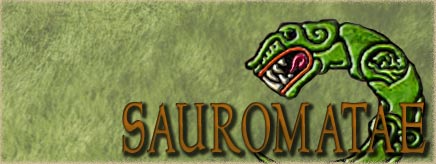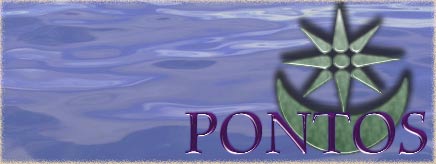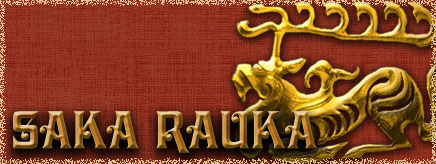I have a few questions regarding the Roman military system of the Republic before the Marian reforms.
First I know the basic composition of both armies, but correct me if I am wrong.
Camillan:
Accensi
Leves
Rorarii
Hatati
Principes
Triarii
Equites
Polybian:
Funditores
Velites
Sagittarii
Hastati
Principes
Triarii
Equites
My question concerns the Allied forces and how they were configured. Did the Camillan armies basically use Samnite Hastati, Etruscan Hoplites, Campanian Cavalry, Lucanian Skirmishers etc as their allied forces?
For the Polybian Armies, did they use Socii Hastati, Socii Principes etc?
My final question is, when exactly did the Romans make the change from Camillan to Polybian armies?
Any feedback is welcome, and if you have sources please list them as I'd like to read them myself as well!



 Reply With Quote
Reply With Quote







Bookmarks